Stranger in the House: a return visit to Parliament

The old press gallery in the Red House was reached by a notoriously rickety, narrow staircase, seemingly knocked together out of bits of plywood.
The equally ramshackle gallery was practically pressed against the ceiling: right at the back, if you went to the water cooler, or to make an urgent, muttered phone call, or if you just wanted to stretch your legs, you could touch the plaster curlicues. Someone who walked heavily, or jiggled a leg while scribbling notes, would make the whole gallery shake.
It was far better than the new media enclosure in the restored Red House.
A few Fridays ago I ran away from the newsroom and went to a parliamentary sitting there, for the first time in nine years.
The media and the public are referred to as “strangers” in Parliament; but must they be treated like aliens? We and they – you – are accommodated in a large flying saucer parked at the western end of the chamber. Its design, if it can be said to have one, has no relationship whatsoever with anything else in the building. And the inspiration for it seems to have been pure spite.
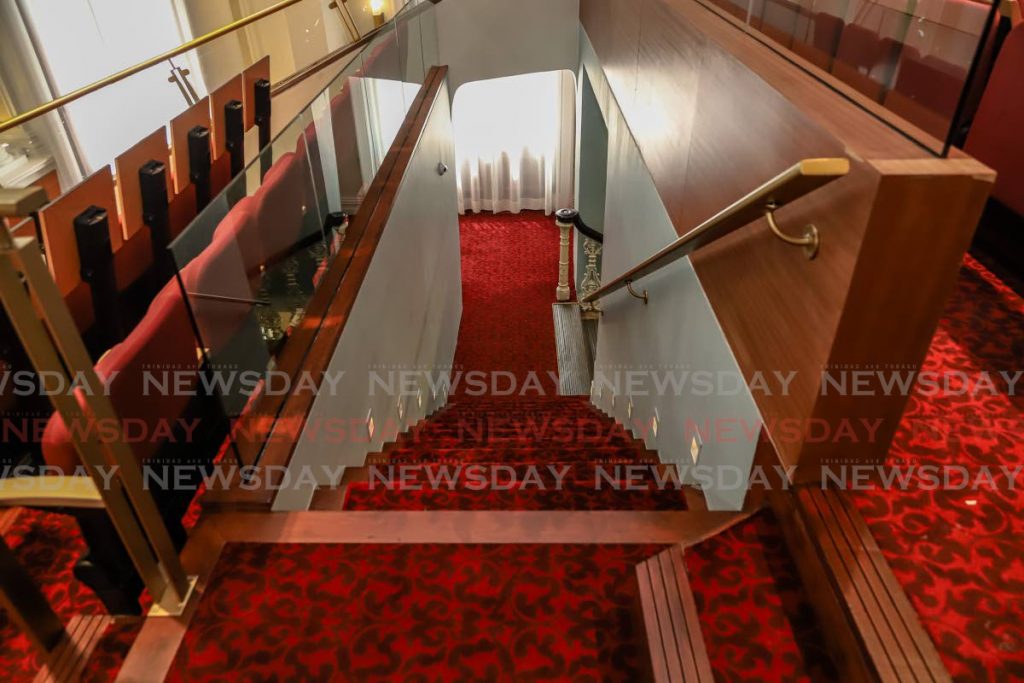
Inside, the white paint on the curved front wall of the gallery is already scuffed – not surprisingly. That probably happened as soon as Parliament reopened, on January 24. It's a sign that the problems are bigger than merely cosmetic ones.
There is room for two TV cameras at the front of the aisle through the media gallery. I have no idea how more than two squeezed in for the ceremonial opening; the seating is fixed and can’t be moved back to make way for them, as could be done in the old gallery.
What’s more, the front of the spaceship is curved, so there’s even less room at the outer ends of the first of the two rows of seats – the only rows allotted to the media. There’s no room behind the second row, either. And the seats are smaller, and the rows closer together, than in economy class on a plane. If someone at the far end of the back row wants to get out, eight other people must stand up to let them pass.
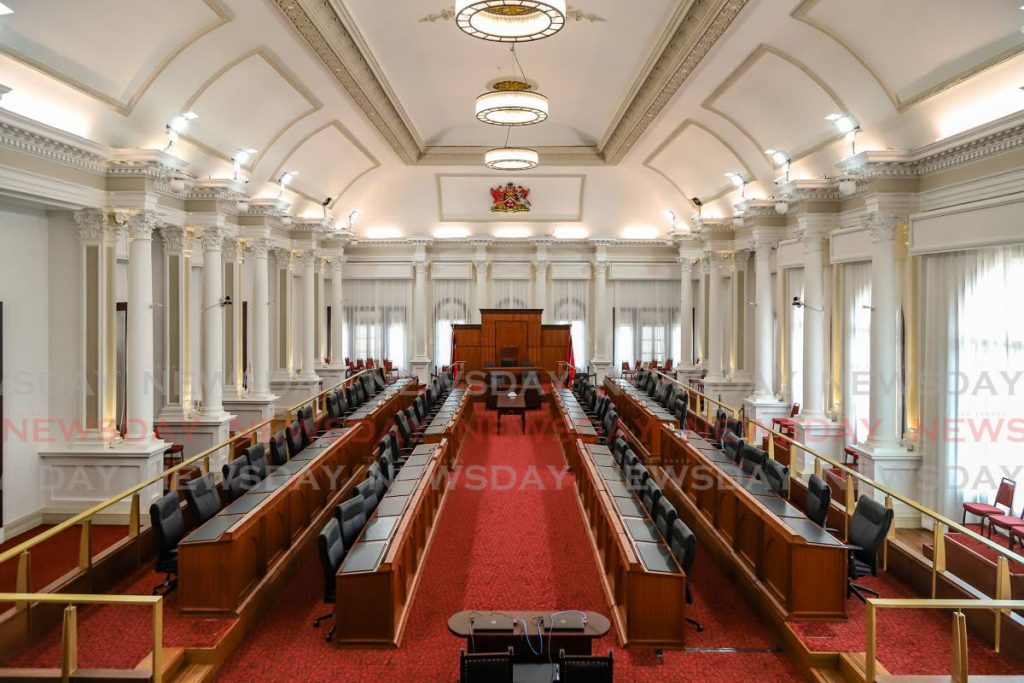
Instead of freestanding tables for your order papers, notebooks, pens, phones and other tools of the trade, there are tables that fold down – so all that paraphernalia must be picked up and the table set upright again if a journalist needs to get out. Anyone coming in late will cause equal disruption.
Whoever approved this design must have actively wanted to deter the media from coming into the chamber. But they could have been more considerate of MPs, and the members of the public who must sit behind the media. It must be distracting for all of them that, every time someone goes into or leaves the gallery, half the press corps has to do a Mexican wave.
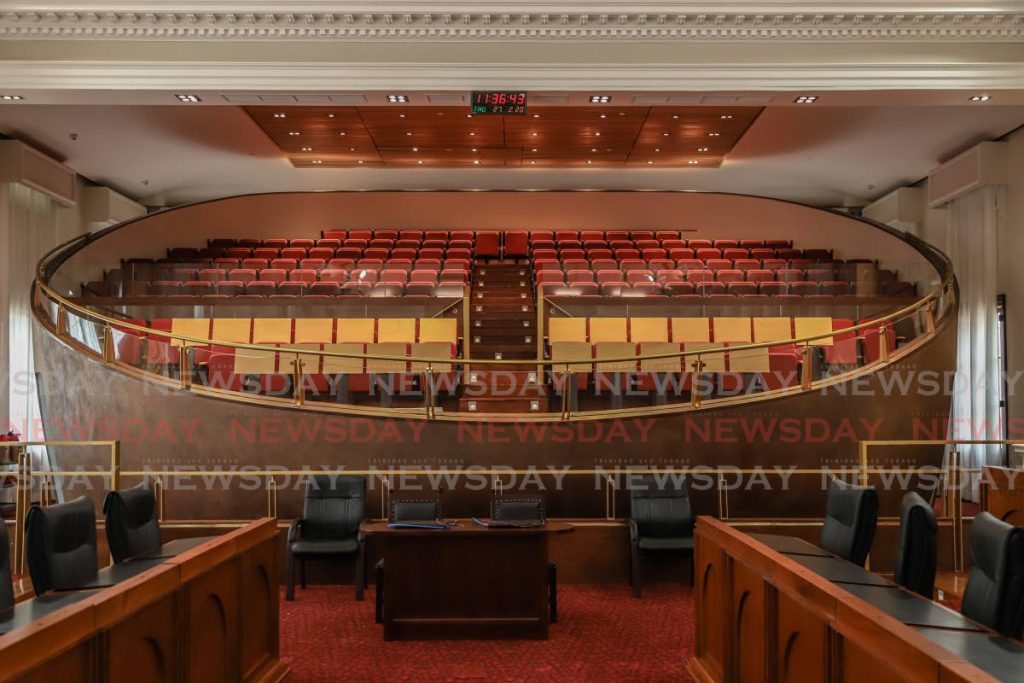
Because the press/public UFO has been docked at an angle, there’s space behind and beneath it for what is ambitiously termed a “media centre”: an alcove that holds a television screen, a table and some chairs. Thanks, but a simple, spacious, real press gallery would have done just fine.
The rest of the chamber is considerably improved. The fluted columns and pilasters, with their fussy capitals, look taller now, as the raised platforms between them have been demolished. The ceiling still has its copious swags of plaster fruit and flowers, but now in off-white, rather than being picked out in a nasty shade of ochre. The pelmets and sheer curtains are plain white too, instead of the previous red and gold plus trim and tassels; the carpet a tastefully patterned green.
The lumpy coat of arms over the Speaker’s chair is gone, as are the high-gloss yellowy wooden desks. So is the knobbly wooden bar of the House, replaced by less shiny but equally inexpensive-looking brass-finish rails.
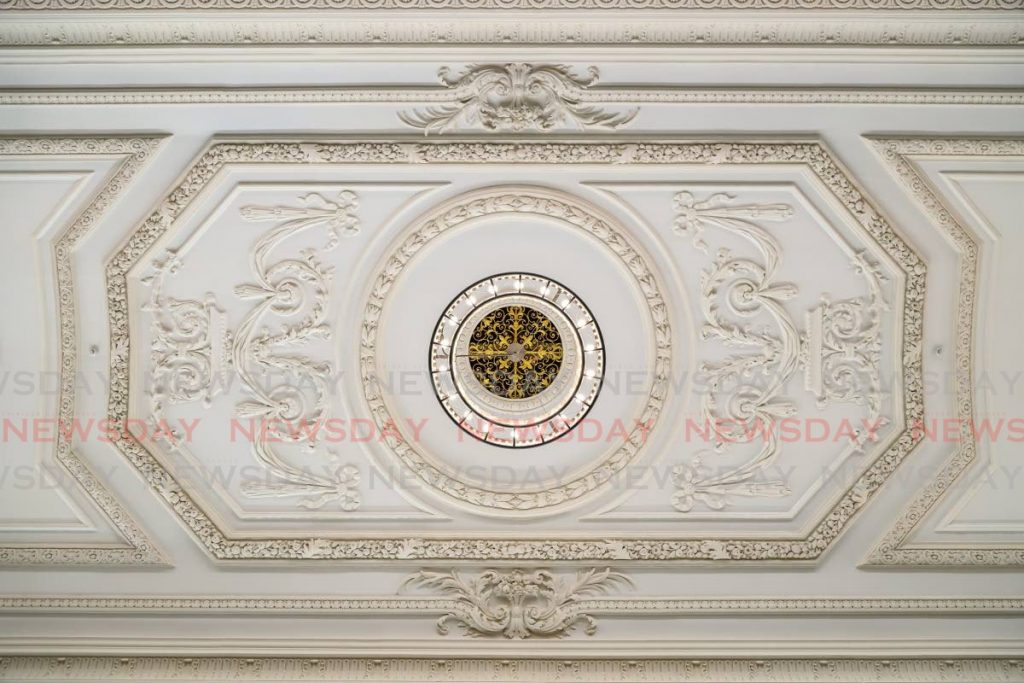
Remove the space capsule and its drab dropped ceiling from the western end, and there would be no denying that the chamber looks far better than it did. It’s bigger, too: it now takes up the whole top floor of the northern wing. With much clashing, busy colour removed, it’s elegant and almost austere.
The deathtrap staircase may be gone, but making your way to and from the press gallery is still tricky. A gentlemanly colleague who had been there before couldn’t tell me how to get back out of the Red House. A would-be-helpful policewoman on duty in the chamber didn’t know the new route either, and had to consult two other officers.
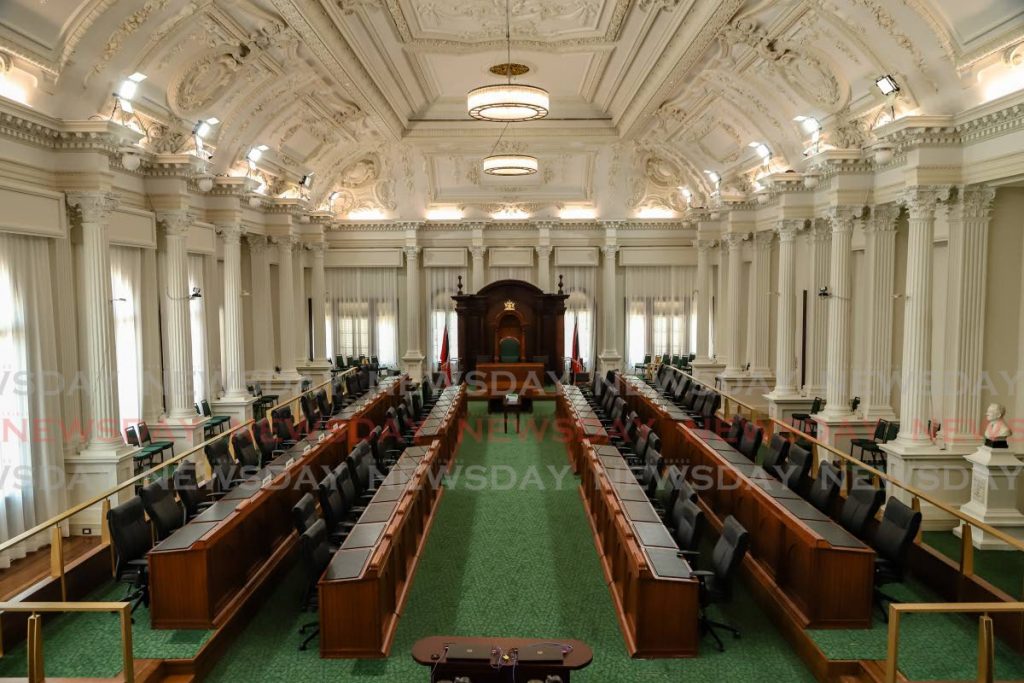
Representatives. - JEFF K MAYERS
There’s no longer a shortcut through the northern entrance: you have to find your way back to the rotunda, along the colonnade on the St Vincent Street side of the building. To your left, the bars over the windows have chipped, messy paintwork; to your right, new glass panels offer a clear view of the ponderous bridge over the street to what was the Attorney General’s office. It looks like an elevated train crashing into the Red House at speed. That it’s painted the same brick red as the building doesn’t make it blend in; it only looms more cumbersome and obtrusive.
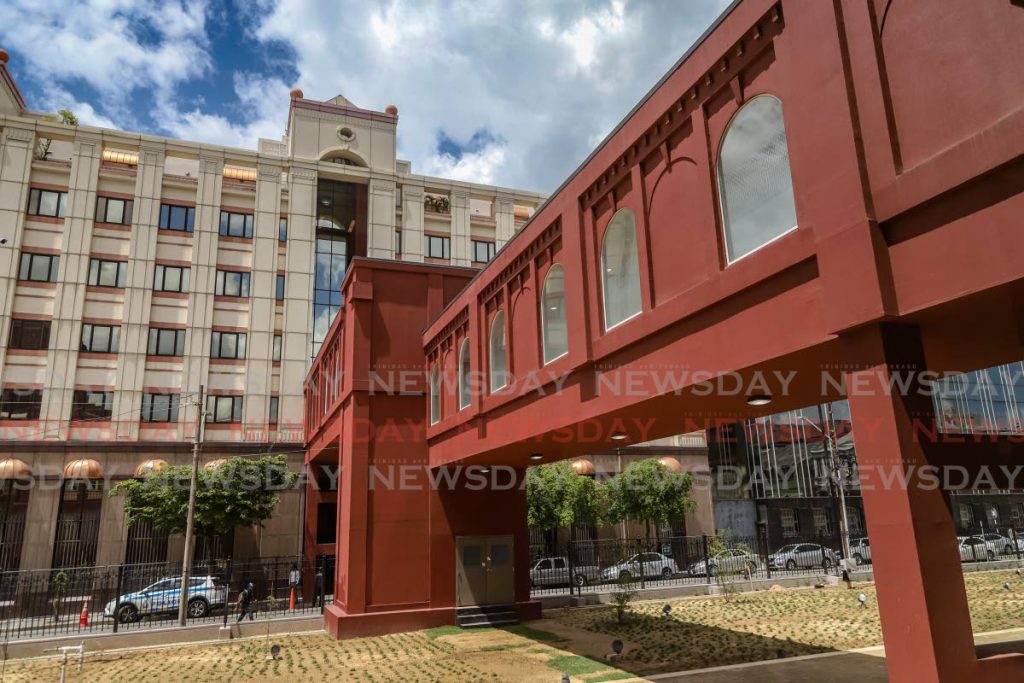
Turn left, turn right, then down the stairs to the new hotel-lobby-style basement level of the rotunda. Adding this extra depth to the rotunda, by opening up what were once the vaults, was made possible by removing the central ground-floor fountain. Where is it now? And why not reinstate the fountain on the floor below? Why add the lower level to the rotunda at all?
Well, it adds even more height to the space and thus more majesty to a once-again majestic building.
But tip your head back to look at that dizzyingly high vaulted ceiling and you remember what hasn’t been restored: the old weathervane that once swung above that roof, perfectly suited to a city on the sea.
Perhaps one day soon the sea serpent will stretch out its leathery little wings and fly home to its rightful roosting place above this Port of Spain, twirling its scaly tail.

Comments
"Stranger in the House: a return visit to Parliament"